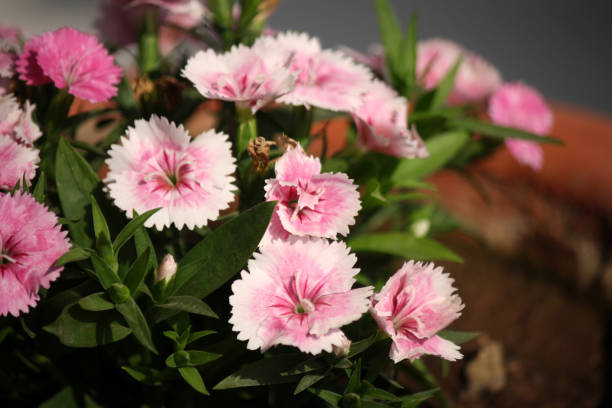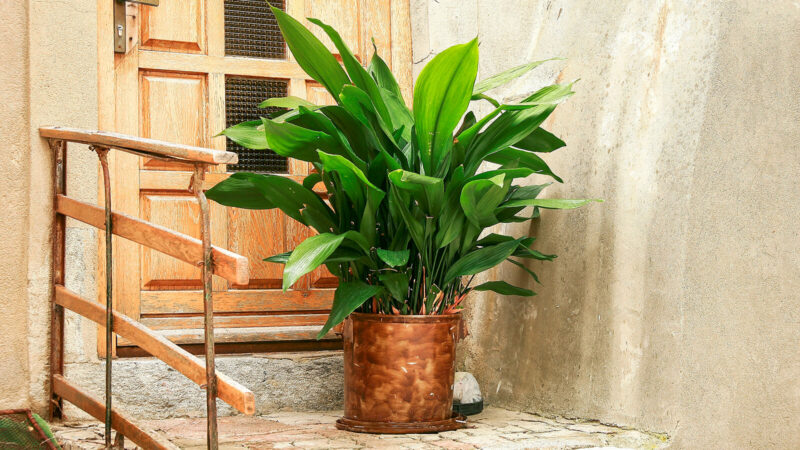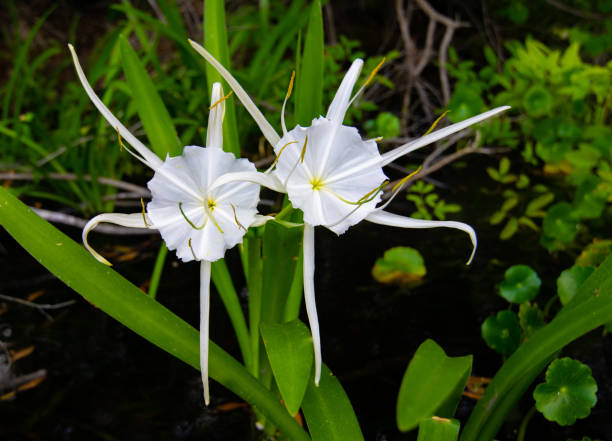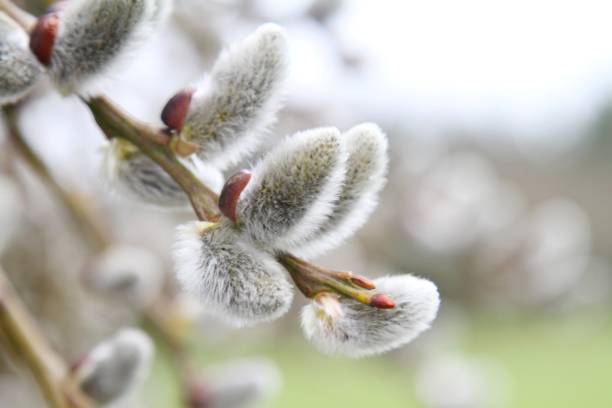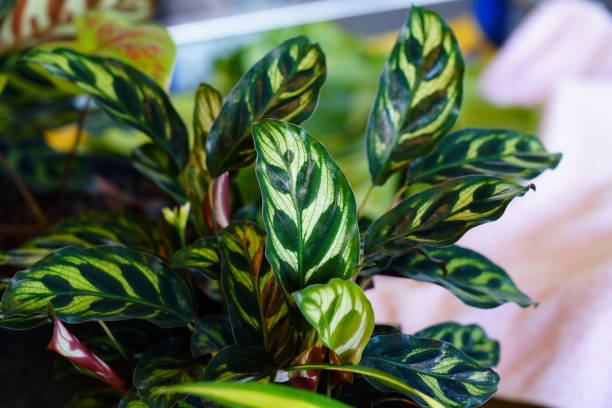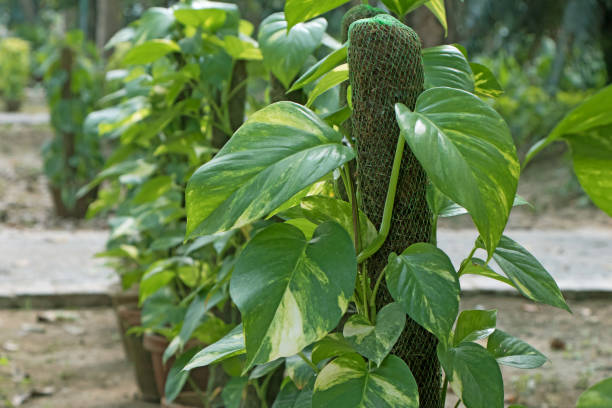How To Take Celosia Care? Know More About Cockscomb Flower
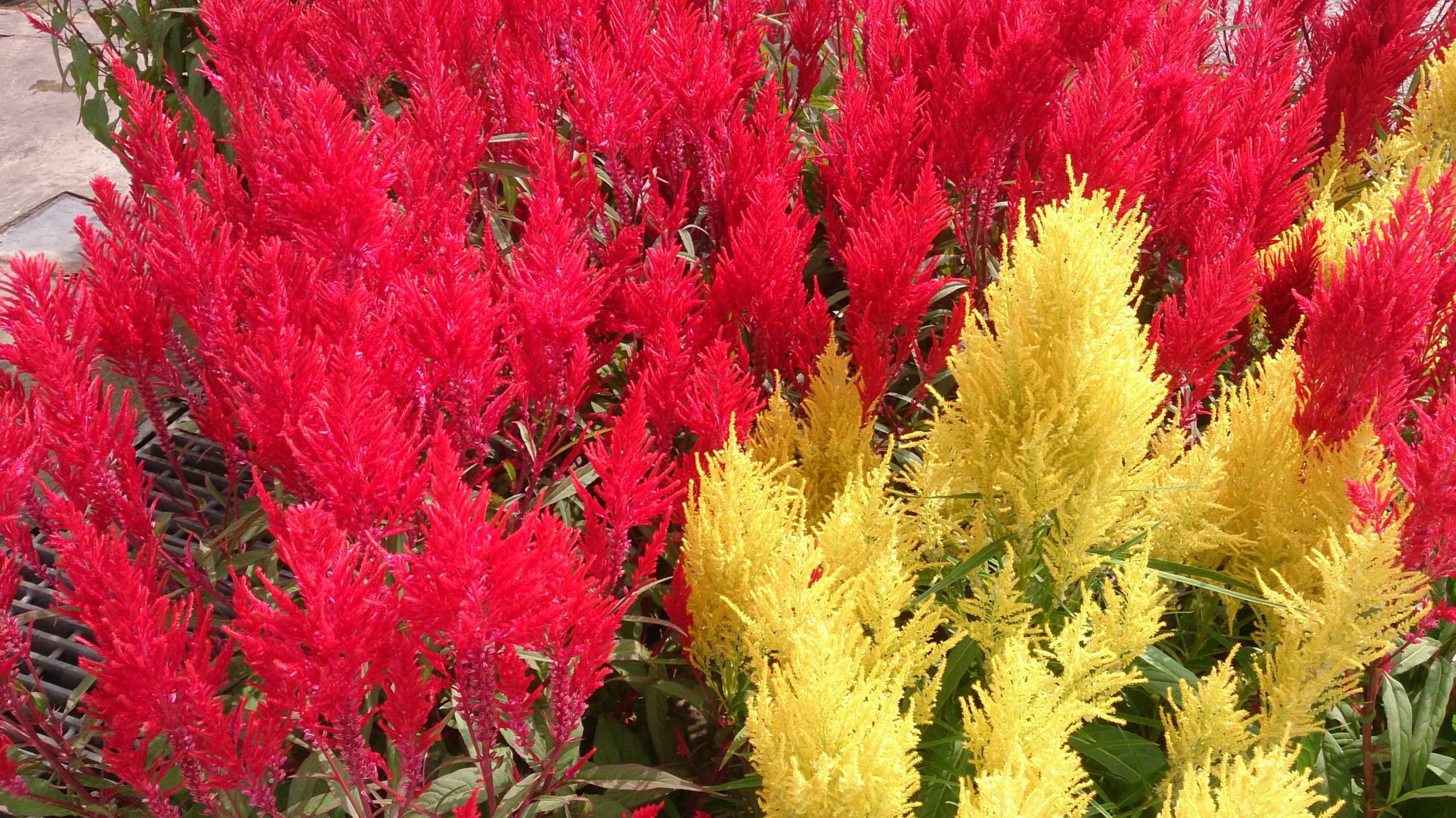
Celosia has several colorful types, and it simple to thrive in a broad range of hardiness zones. The important matter is to maintain the soil wet but not too moist to protect the roots from decomposing. The celosia enjoys the full sun; therefore, it needs sunny weather for germination and for growing once mature. So in this article, we will tell you about how to take celosia care.
Celosia Plant Varities
There are more than 50 varieties of celosia plants that fall into the three main categories: crested, plumed, and spiked.
Crested Celosia
The crested types of celosia come from the Celosia cristata species. Crested celosia flowers resemble the rooster’s comb, so the common name of crested celosia is ‘cockscomb plant.’ These plants are also said to resemble to look of a brain or are usually related to coral. Crested Celosia plants are generally available in striking and vibrant colors, like gold and dark red. However, it is common for the celosia to produce one flower at a time. This species is the biggest of all the celosia plants.
Amigo Red
The plant is small, growing just a six-inch spread, with six inches tall. This plant works well in container pots, rock gardens, or as the bedding and border plant. The stunning flowers are unique looking, adding some high interest to gardens. The blossoms of this variety are red, with the fine lines of yellow running on the edge of some of the ruffled petals. This plant is very drought tolerant, and it also has excellent resistance to high levels of heat, making it a great choice for adding color to desert gardens.
Plumed Celosia
These plants come from the Celosia plumosa variety. It comes with soft flowers that have the velvety texture. This plant’s leaves are quite wide, making the dense base from which the flowers stand high above.
This flower is perfect for adding vibrant color to your garden. This particular plant grows to around 20 inches in height, and it is well suited to be grown both in the container pot as well as in the ground. The flowers are a stunning shade of yellow, with a feathery look.
Spiked Celosia
The spiked types of celosia come from the Celosia spicata variety. These flowers look like wheatgrass, and this type of plant is also sometimes called wheat celosia. The spiked celosia stands upright like the tall candles and appears in more off colors compared to other celosia plants. It produces such an excess of flower stems that it can actually become so thick that it takes on the shape of a shrub.
Caring For The Celosia
Here are some points that can help you to take celosia care.
Watering
The celosia plant likes moist soil; however, these plants will not tolerate soggy and wet conditions. Hence it is essential that you plant the celosia in well-draining soil.
Moreover, in the case of heavy rain or accidental overwatering, the water will be drained away from the soil if it is well-drained soil and not resulting in the roots lying in unnecessary moisture.
Suppose celosia plant is overwatered when located in the badly draining soil. In that case, it will generally suffer from root decay, which damages the roots which cannot be repaired and disable them from being able to take nutrients or moisture by killing the celosia plant from the roots up.
As celosia dislikes soggy soil, so it is best to be cautious while watering. Although preferably, it should be planted in consistently wet soil. Make sure before you watering the right amount, check the top some inches of soil to dry out before watering the celosia again. However, never let it dry out completely, as this will stop the growth.
This plant is moderately drought tolerant, so it is overlooking the occasional watering; however, it would prefer to be in continuous wet conditions. The amount of water the celosia needs may vary according to the light it gets.
Light
This plant is the full sun plant. Place it in the spot where it gets at least eight hours of sunlight every day for maximum growth. Also, it can endure partial shade, but the full sun position will allow the best results and provide a greater bounty of flowers.
Temperature
This plant needs hot temperatures upwards of 80 °F to grow. Moreover, it also needs to continued warm weather to grow once mature. Celosia plants are generally grown as annuals in the zones of 2 to 9; however, they can endure as perennials in the USDA plant hardiness zones 10 and 11, where the winter temperatures do not fall lower than 30 °F.
Pests and Disease
Luckily, celosia is not sensitive to severe damage from diseases or insects. If the soil does not drain well, the plants might develop root decay, which looks like discolored or wilted leaves, so ensure you change the soil with the sand or compost before dig or planting in few organic matters around the existing celosia plants. Fungal diseases like powdery mildew or molds turn the leaves brown and might kill the plant. So use the commercial fungicide and discard the damaged leaves to reduce the damage.
Flowers
Well, it depends on the type of the celosia plant; the flowers can highly change in appearance. Some celosia species have feathery round blossoms, while another celosia species has tall spiky arrowhead bloom or those which resemble bottle brushes. These plants can grow for up to 10 weeks, in summer through fall, and it offers a range of rainbow-colored blooms to the garden.
Generally, the flowers bloom until the first frost, which will kill them off, although it is a good idea to prune the flowers just before the first coming frost, as they make the best bouquets.
Unlike other flowering plants, this plant can provide an abundance of flowers without the addition of fertilizer, making it a particularly easy-care flowering plant. However, it will grow without fertilizer, and it will help from the soil high in organic matter, and also you can add the water-soluble as a monthly fertilizer if you want.
Final Words
So now you know how to take celosia care. The beautiful celosia plant from the amaranth family goes by the common names of cockscomb flower, woolflowers, and Flamingo Feather. The name celosia means burning in Greek, and when it blooms in a large number, then it resembles an ornamental grass of fire. So, if you find this article interesting, drop a comment below this section.

